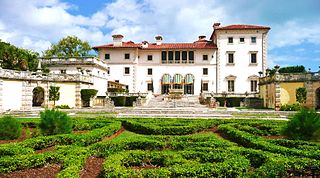
Miami, officially the City of Miami, is a coastal metropolis and the seat of Miami-Dade County in South Florida. With a population of 442,241 as of the 2020 census, it is the second-most populous city in the state of Florida after Jacksonville. It is the core of the much larger Miami metropolitan area, which, with a population of 6.14 million, is the third-largest metro in the Southeast and ninth-largest in the United States. The city has the third-largest skyline in the U.S. with over 300 high-rises, 58 of which exceed 491 ft (150 m).

Biscayne National Park is an American national park located south of Miami, Florida in Miami-Dade County. The park preserves Biscayne Bay and its offshore barrier reefs. Ninety-five percent of the park is water, and the shore of the bay is the location of an extensive mangrove forest. The park covers 172,971 acres and includes Elliott Key, the park's largest island and northernmost of the true Florida Keys, formed from fossilized coral reef. The islands farther north in the park are transitional islands of coral and sand. The offshore portion of the park includes the northernmost region of the Florida Reef, one of the largest coral reefs in the world.

Cristina María Saralegui de Ávila is a Cuban-born American journalist, television personality, actress and talk show host of the Spanish-language eponymous show, El show de Cristina. Before her television career, she worked for ten years as editor-in-chief of the Spanish-language version of Cosmopolitan magazine distributed throughout Latin America.

Biscayne Bay is a lagoon with characteristics of an estuary located on the Atlantic coast of South Florida. The northern end of the lagoon is surrounded by the densely developed heart of the Miami metropolitan area while the southern end is largely undeveloped with a large portion of the lagoon included in Biscayne National Park.

An eternal flame is a flame, lamp or torch that burns for an indefinite time. Most eternal flames are ignited and tended intentionally, but some are natural phenomena caused by natural gas leaks, peat fires and coal seam fires, all of which can be initially ignited by lightning, piezoelectricity or human activity, some of which have burned for hundreds or thousands of years.

Julia DeForest Tuttle was an American businesswoman who owned the property upon which Miami, Florida, was built. For this reason, she is called the "Mother of Miami." She is the only woman to have founded what would become a major American city.
William Calhoun Baggs was an American journalist and editor of The Miami News. He was one of a small group of Southern newspaper editors who campaigned for civil rights for African Americans in the 1950s and 1960s. Baggs became an early opponent of the Vietnam War.
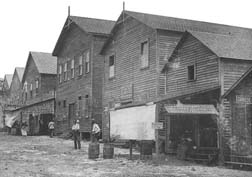
Thousands of years before Europeans arrived, a large portion of south east Florida, including the area where Miami, Florida exists today, was inhabited by Tequestas. The Tequesta Native American tribe, at the time of first European contact, occupied an area along the southeastern Atlantic coast of Florida. They had infrequent contact with Europeans and had largely migrated by the middle of the 18th century. Miami is named after the Mayaimi, a Native American tribe that lived around Lake Okeechobee until the 17th or 18th century.
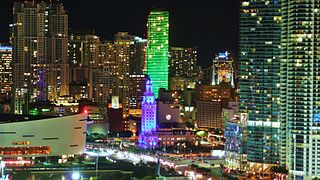
Downtown Miami is the urban city center of Miami, Florida, United States. The city's greater downtown region consists of the Central Business District, Brickell, the Historic District, Government Center, the Arts & Entertainment District, and Park West. It is divided by the Miami River and is bordered by Midtown Miami's Edgewater, and Wynwood sections to its north, Biscayne Bay to its east, the Health District and Overtown to its west, and Coconut Grove to its south.

Robert King High was an attorney and politician, a reform mayor of Miami, Florida, serving for over a decade from January 1957 until his death in August 1967. From eastern Tennessee, High moved to Florida after his service in World War II. He became active in the Democratic Party.
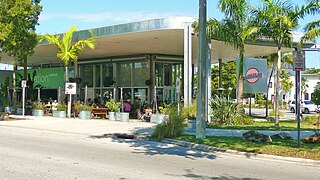
The Upper Eastside is a neighborhood in Miami, Florida. It is north of Edgewater, east of Little Haiti, south of the village of Miami Shores, and sits on Biscayne Bay. In geographical order from south to north and east to west, it contains the subdivisions of Magnolia Park, Bay Point, Morningside, Bayside, Belle Meade, Shorecrest, and Palm Grove. The MiMo District along Biscayne Boulevard in the area is host to many art galleries, shops and restaurants.
Immaculata-LaSalle High School is a private, Roman Catholic high school in the Coconut Grove neighborhood of Miami, Florida. It is part of the Roman Catholic Archdiocese of Miami and located between Mercy Hospital and Vizcaya on South Bayshore Drive.

The Pérez Art Museum Miami (PAMM)—officially known as the Jorge M. Pérez Art Museum of Miami-Dade County—is a contemporary art museum that relocated in 2013 to the Museum Park in Downtown Miami, Florida. Founded in 1984 as the Center for the Fine Arts, it became known as the Miami Art Museum from 1996 until it was renamed in 2013 upon the opening of its new building designed by Herzog & de Meuron at 1103 Biscayne Boulevard. PAMM, along with the $275 million Phillip and Patricia Frost Museum of Science and a city park which are being built in the area with completion in 2017, is part of the 20-acre Museum Park.
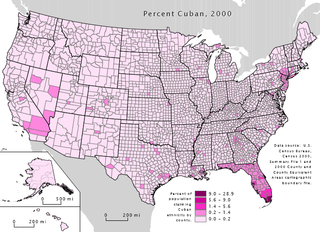
Cuban immigration has greatly affected Miami-Dade County since 1959, creating what is known as "Cuban Miami." However, Miami reflects global trends as well, such as the growing trends of multiculturalism and multiracialism; this reflects the way in which international politics shape local communities.
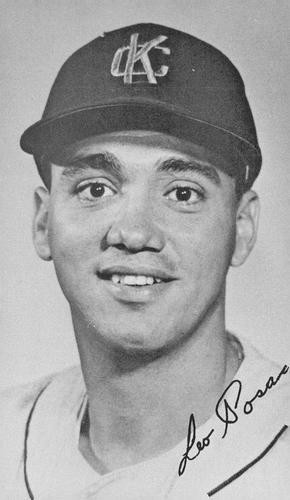
Leopoldo Jesús Posada Hernández was a Cuban baseball player. He played for the Kansas City Athletics of Major League Baseball from 1960 through 1962. After his retirement as a player, Posada served as a manager in Minor League Baseball.

Bayfront Park is a 32-acre (13 ha) public, urban park in Downtown Miami, Florida on Biscayne Bay. The Chairman to the trust is Ary Shaeban. Located in the park is a bronze statue of Christopher Columbus sculpted by Count Vittorio di Colbertaldo of Verona, one of Benito Mussolini’s hand picked ceremonial bodyguards known as the “Black Musketeers.”
The following is a timeline of the history of the city of Miami in Miami-Dade County, Florida, United States.
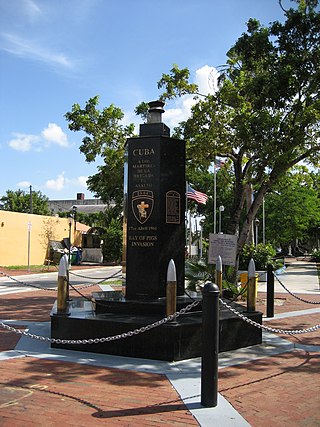
The Bay of Pigs Monument is a monument in honor of the fallen of the Bay of Pigs Invasion in Little Havana, Miami, Florida. Their names are engraved on the monument, and there is an eternal flame at the top. The monument was dedicated on April 17, 1971, by "several hundred Cuban exiles" as well as Miami Mayor David T. Kennedy and then-Senator Lawton Chiles. President Richard Nixon "cabled his best wishes" for the occasion.
Salvador Miranda is an American bibliographer, librarian and church historian.
















